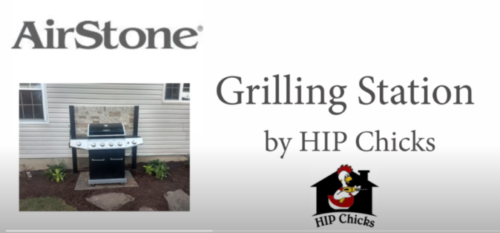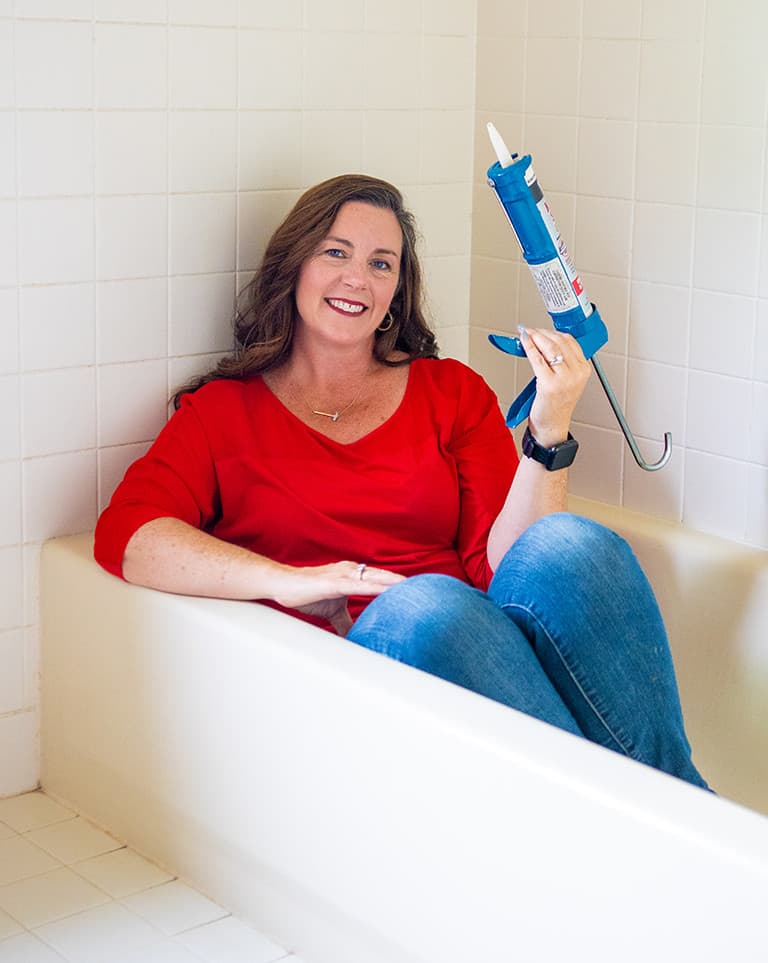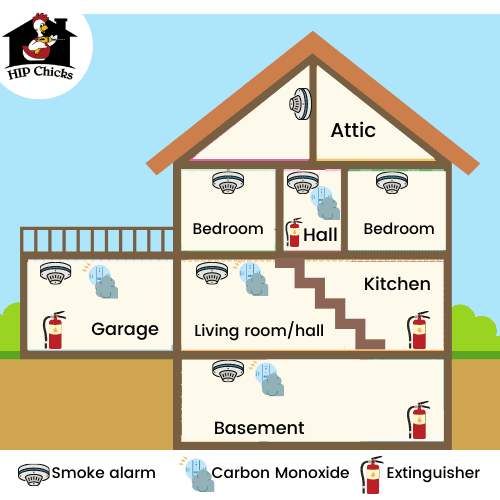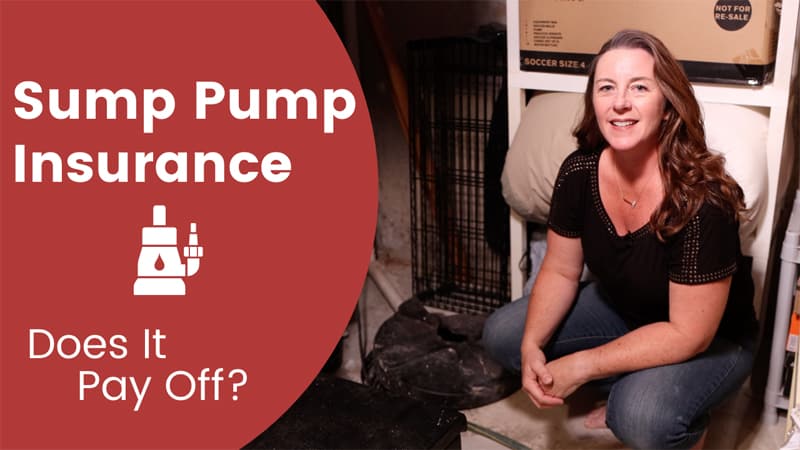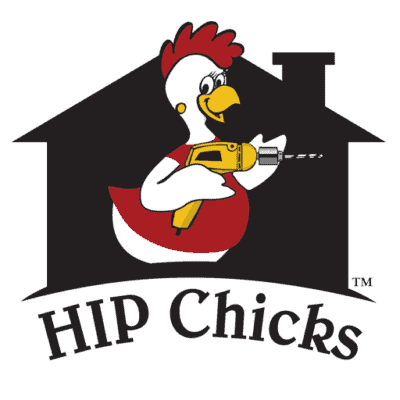Shut the Door! The garage door that it is
Say Hello and Thank You to my Friends at The Mid-Atlantic Door Group for this great guest post on DIY tips to manage your garage. Mine is always a nightmare. I collect stray furniture from the roadside, I pile up projects that “I will get to when…” When never seems to come. Many of you can relate to the messy garage, so let’s follow some sage advice from the pros!
And now a word from our guest-
The family garage. For most homeowners, it’s where things go to die. The final resting place of every knickknack or box best kept out of sight — indefinitely. But when ignored long enough, the garage can also lead to some of the most expensive home repairs. After years of neglect, simple problems escalate until you have to bring in expensive professionals to fix foundations, walls or doors.
By following the simple DIY garage maintenance tips below, you can avoid costly repairs — both now and for decades to come.
1. Keep Your Garage Clutter-Free
Arguably the simplest (and most overlooked) tip of all is to keep your garage free of excessive clutter. Doing so won’t necessarilyprotect your garage, but it will make problems easier to spot and treat in the future. Adopt an “off-the-floor” policy and install shelves and hangers along the interior walls. From tools to cleaning products to bikes, everything should have a designated place on the wall. In fact, the only thing that should ever be on the garage floor is your car. Keeping a clutter-free garage also reduces infestation from ants, termites, and rodents. Any one of these can wreak havoc — not only on the garage, but also on the rest of the house.
2. Protecting the Garage Floor
At least once a year, you should hose down the floor of your garage to remove auto fluids, road salts, dust and other debris. If the garage floor has oil stains (as most do), you can give it a good scrubbing with detergent cleaners (for asphalt surfaces) or degreasers (for concrete surfaces). However, don’t make the mistake of using kerosene, paint thinners or turpentine — corrosive materials that can easily dissolve the foundation. For long-term protection, consider applying epoxy coating that can withstand oil buildup, dirt and tire marks. Just make certain that the garage floor is 100 percent dry before you begin (FYI: “dry” means something very different when dealing with concrete).
[fusion_builder_column type=”1_1″ background_position=”left top” background_color=”” border_size=”” border_color=”” border_style=”solid” spacing=”yes” background_image=”” background_repeat=”no-repeat” padding=”” margin_top=”0px” margin_bottom=”0px” class=”” id=”” animation_type=”” animation_speed=”0.3″ animation_direction=”left” hide_on_mobile=”no” center_content=”no” min_height=”none”]
3. Protecting the Garage Door
The floor receives the most traffic. But the garage door receives the most wear and tear. With many moving parts, it’s not uncommon for garage doors to malfunction because of lodged debris (i.e. dust and dirt). In addition, garage doors are exposed to the elements, making them prime candidates for sun, wind and rain damage throughout the year.
Here are some simple tips to keep your garage door in proper working order:
- Use a leaf blower two or three times a year on all of the individual components that make up the garage door (including motors and belts).
- If the rubber seal at the bottom of the door is brittle or cracked, replace it ASAP. Doing so can help reduce the jarring that happens every time your garage door closes. It’s an inexpensive investment that can save you a lot of money down the road. Shop for garage door seals from Frost King.
- Insulate your garage door. This not only protects the door itself, but it also helps to reduce your monthly heating and cooling expenses. It’s an investment that pays for itself very quickly.
- Modern garage doors come equipped with “safety reversal” technology to prevent injury. You can test how well this feature works by laying a paper towel roll where the door meets the floor. If your garage door doesn’t immediately go back up, the safety mechanism needs adjustment. You’ll need to adjust the reverse sensor on the garage door motor. If you’re not sure where to look, read this article or consult the owner’s manual just to be safe.
4. Water Damage
Every few months, be sure to inspect the floor, ceiling, and walls for water damage. Excessive moisture buildup and mold may require professional intervention. But when caught early enough, you can sometimes get away with caulk. But even if there are no obvious signs of water damage, it’s always a good idea to ventilate your garage every few weeks. Simply leave the door open for 30 minutes — preferably with a fan running in the background to boost air circulation. This ventilation is particularly important during the summer months when inside temperatures can easily exceed 100°F (especially after parking a recently driven vehicle). If you’re like most homeowners, you probably store any number of combustible materials, so climate control is critical.
Lastly, don’t overlook the importance of cleaning the gutters — especially the section just outside the garage door.
Bonus Tip: If your garage has a pathetic, hanging, incandescent light bulb, consider switching it out for a CFL or LED replacement. These alternatives provide immediate energy savings. And because they offer more illumination, it’s much easier to spot water damage, cracks and even pests.
Take Care of Your Garage, and It Will Take Care of You
Today’s garages are built to last. But by following the above tips, you can extract years of additional service without ever having to call in a professional. Your local hardware store should have all of the materials you need to get started. Simply set aside a free weekend every now and then to keep your garage in optimal working condition.
Author Bio: Justin White has vast knowledge on all garage door products, including garage doors, garage door openers, and garage door repairs. Mr. White is currently the Marketing Director for Mid-Atlantic Door Group, a leading distributor for Overhead Door Corp in the DC, MD, VA and regional PA markets (York / Hanover), etc.
